Via Francigena was one of the most important roads in Medieval Italy. It connected the trans-alpine area and Northern Europe to Rome. A huge number of pilgrims speaking different languages, from different countries, means and cultures have crossed it since the XI century, making the Via Francigena an important meeting and cultural exchange point.
You shouldn't imagine the Via Francigena as a well-defined artery that diagonally crossed medieval Europe from north to south. In fact, medieval powers didn't create roads like in the Roman times, nor did the medieval roads offer a steady passage. There were «areas of road» and «flow directions» without any chosen itineraries, and everyone (traders and pilgrims) had various options open to them, so they planned their route each time, using the local Via francigena in the zones they crossed. Thus, documented sources reveal that there were many different «Via Francigena» roads in medieval times.
To indicate the destination, rather than the starting point, the Via Francigena was also called “Via Romea”, with reference to pilgrims going to Rome. Besides, the Via Francigena is indicated in other sources in other ways: the "King's Road (Via Regia), the "count's public road" (Via Publica Domini Comitis), the "pilgrim's road" (strata pellegrina or pellerina), or even, almost to emphasis its double use, the "public pilgrim's and trader's road" (strata publica peregrinorum et mercatorum).
We learn about the itinerary of the Via Francigena within the Aosta Valley from the travel notes by the Archbishop of Canterbury Sigerico; in the last decade of the X century, on his return from Rome (where he was called to receive his papal investiture), he noted the main stages of his journey. In the Aosta Valley he mentions Publey (a district near Montjovet), Augusta (Aosta) and Sce Remei(Saint-Rhémy).
The Icelandic abbot Nikulas of Munkathverache travelled this road around 1154 on a journey from Thingor to Rome, stopping in «Bjanardz spitali», that is the Great saint Bernard hospice, in Throelaborg (Etroubles), and Augusta (Aosta) and, lastly, in Pont-Saint-Martin which, as the old customs area of the Italic kingdom, was called Kamar, meaning «chamber».



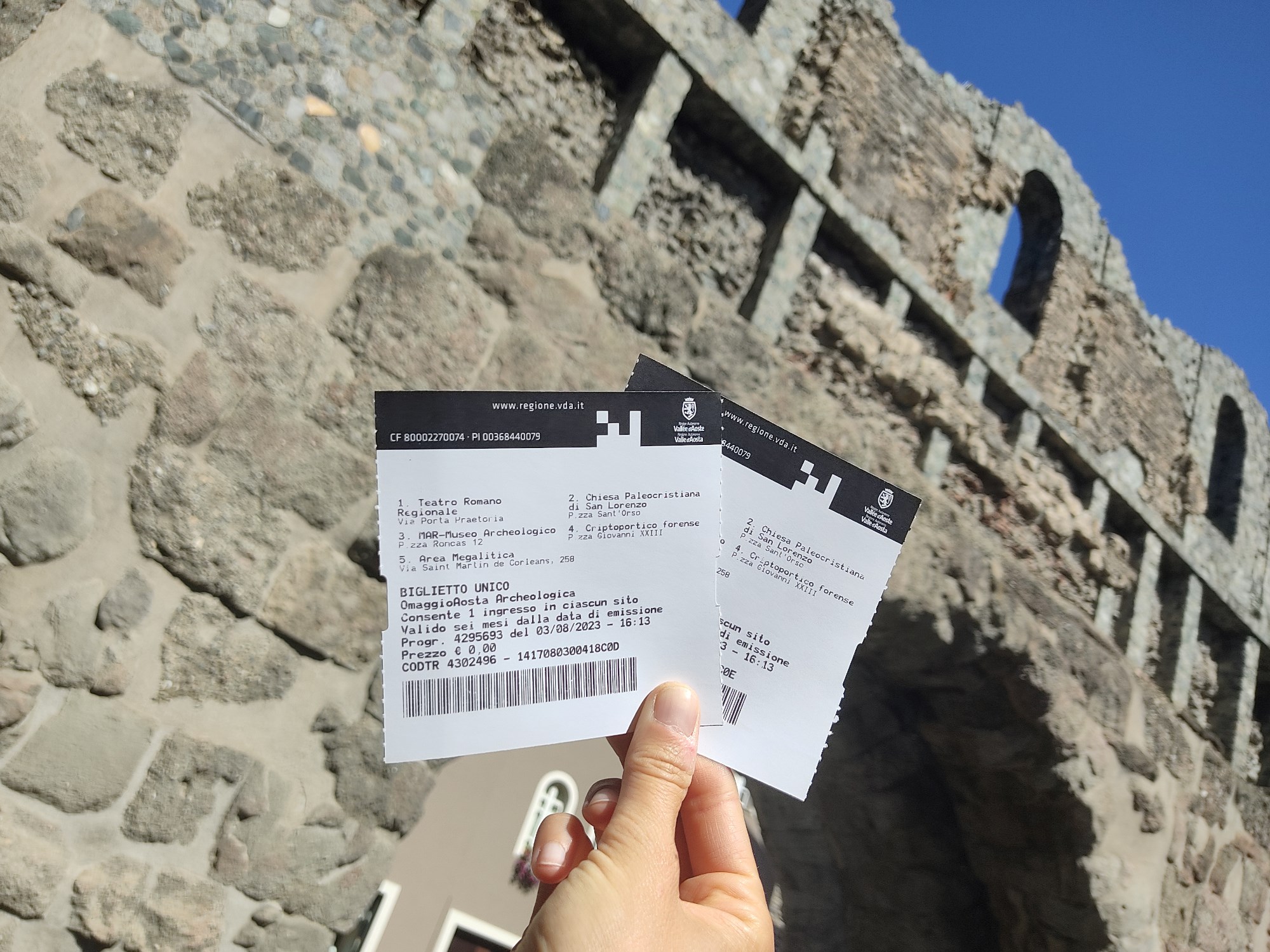
-9424%20(1).jpg?v=638267413400000000)
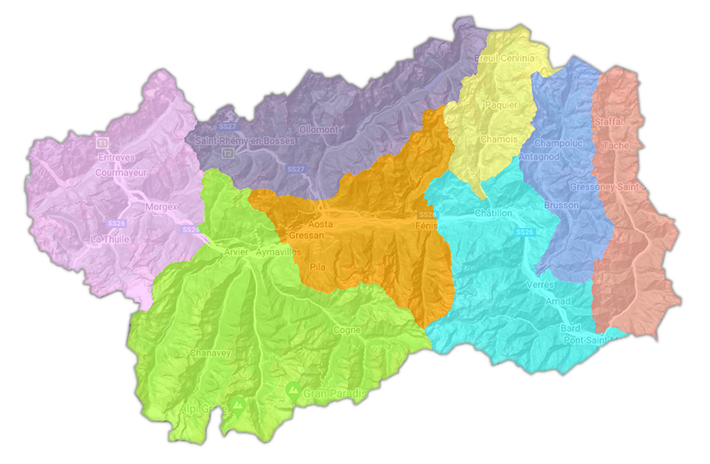

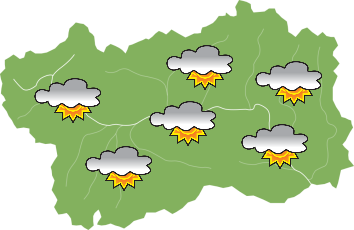



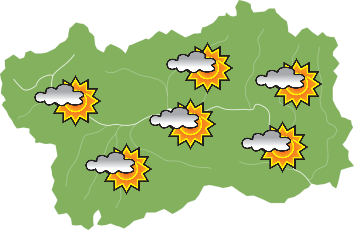
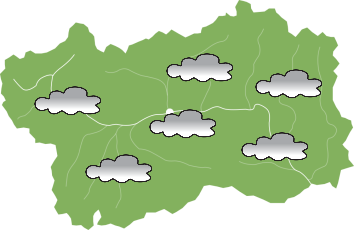
-2697.jpg?v=638450287809442855)